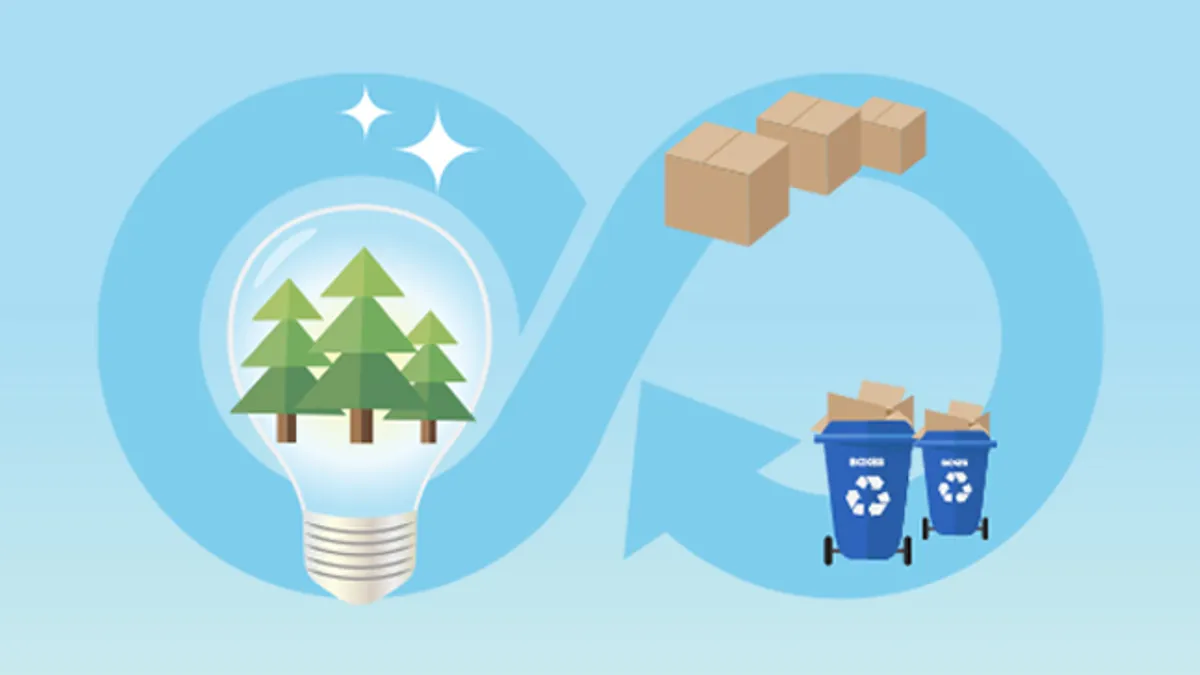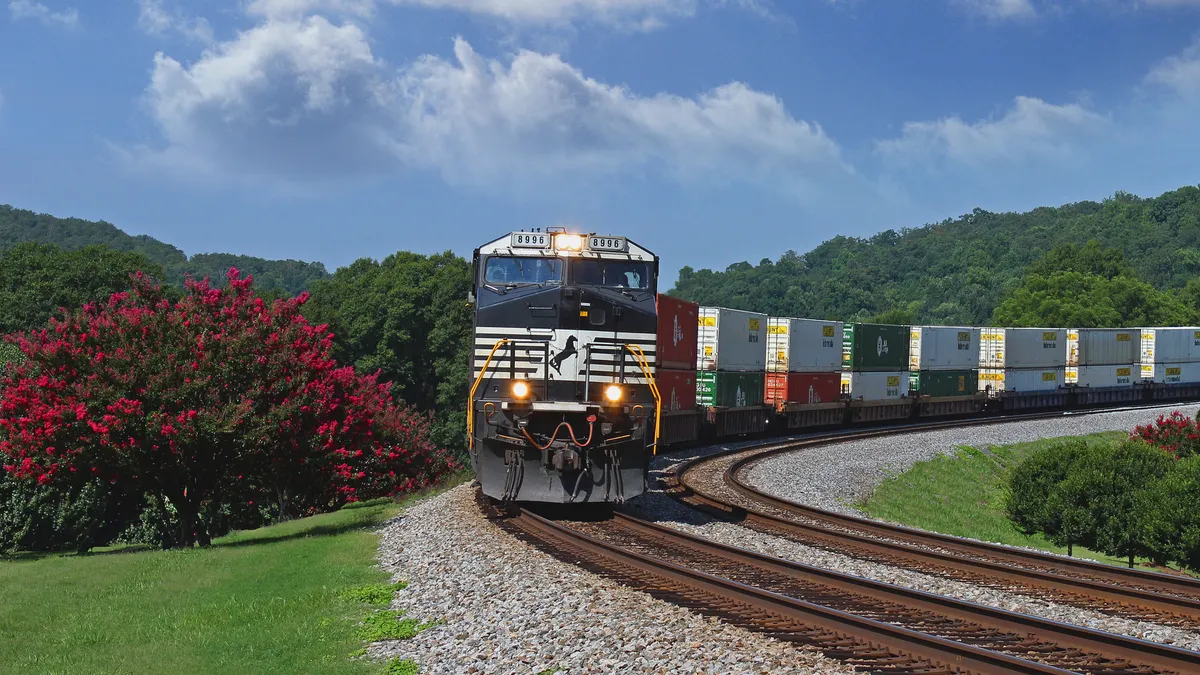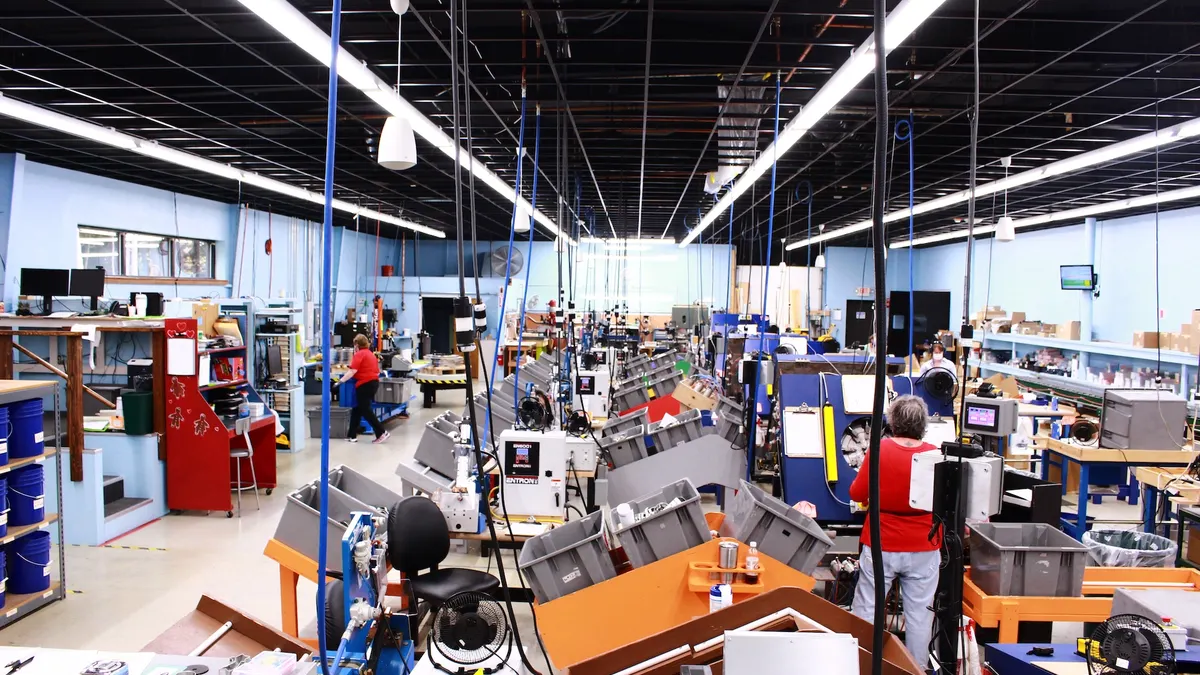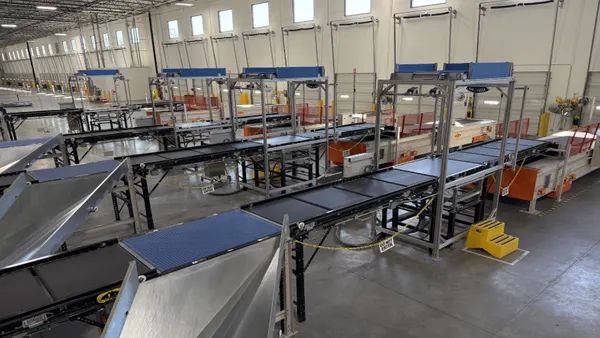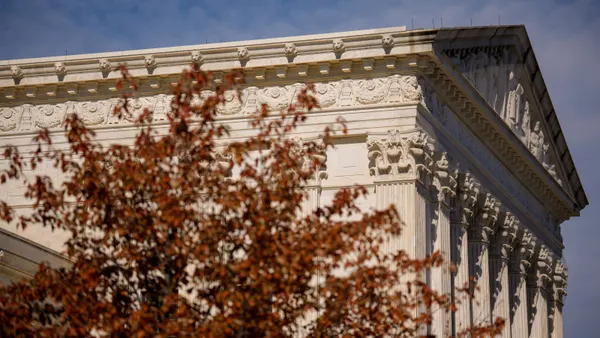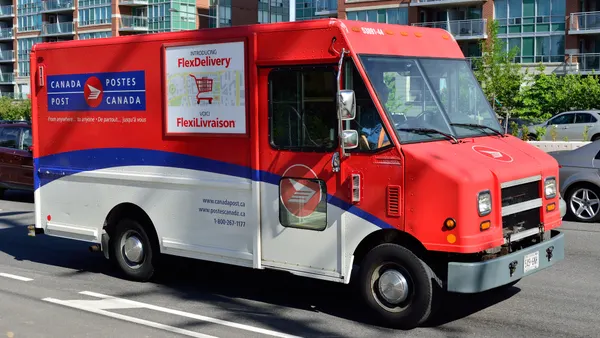The U.S. Environmental Protection Agency (U.S. EPA) defines a circular economy as one that uses a systems-focused approach and involves industrial processes that are restorative or regenerative by design, enables resources and activities to maintain their highest value for as long as possible, and aims for waste elimination. From the forest to the recycling bin and back, corrugated boxes epitomize this principle.
The Forest: Renewable from the start
Did you know that more trees are living on American soil today than 50 years ago, covering one-third of U.S. land, and over 3.2 million new trees are planted every day? The wood and paper products industry plays an important role in forest preservation by growing and harvesting trees on sustainably managed farms. In fact, 39% of U.S. forestland sits on family-owned tree farms today, and about 90% of U.S.-sourced wood fiber comes from private landowners who are deeply invested in maintaining a sustainable crop to stay in business. The trees they grow are used to produce renewable, recyclable packaging materials like corrugated boxes, allowing them to maintain healthy forestland instead of selling to developers. The land is managed to optimize long-term growing capacity. Trees are constantly being replanted; land is rejuvenated. As trees grow, they capture carbon from the atmosphere, cleaning the air and helping mitigate climate change.
It’s all about balance
Corrugated boxes are made with a mixture of fiber from trees and used boxes (old corrugated containers, or OCC) collected through recycling. The beauty of this balance is that used boxes are repeatedly re-used to make new ones, keeping millions of tons of corrugated out of landfills.
A steady supply of fiber from both sources is needed to support continuous box production, helping keep economies alive. New fiber makes boxes strong enough to protect the products inside and withstand the rigors of shipping and distribution, and using recycled fiber helps prevent waste.
Corrugated is made with just three renewable, natural ingredients: wood fiber from trees and OCC, water, and starch. Our commitment to sustainability continues throughout box production, use and end-of-life, in circular fashion. Box companies work diligently to minimize environmental impact through continuous improvements in manufacturing technology. They constantly innovate to create packaging that helps CPGs and retailers achieve their own sustainability objectives, paying it forward to benefit all. Finally, phenomenal recycling success ensures old boxes come full circle to be used as primary feedstock for new boxes.
Clean manufacturing
Life Cycle Assessment (LCA) is the best way to quantify a product’s environmental impact, from raw materials to end-of-life. A credible LCA provides a snapshot and benchmark for improvement based on verified facts, collected and analyzed by impartial, qualified third-party researchers, and peer-reviewed to further ensure objective and accurate conclusions.
The corrugated industry submits to periodic LCA studies performed to the highest standards, evaluating the life-cycle impacts of an average corrugated box. Over the years, these LCAs show box manufacturers are steadily replacing fossil fuels with renewable energy and continually reducing greenhouse gas (GHG) emissions as well as other impacts. The complete facts are available here.

Creating supply chain efficiency
Corrugated packaging is used in thousands of innovative configurations to perfectly protect, ship and sell everything from industrial parts to consumer goods, including food and beverages. Boxes can be custom-designed to fit any product using just enough material to protect merchandise through distribution, while minimizing package weight and preventing waste. Lighter-weight boxes allow trucks to carry more without hitting freight limits, eliminating wasted space to deliver more products in fewer shipments. This helps alleviate supply-chain challenges by reducing fuel consumption and associated costs.
Recycling brings it home
Corrugated is the most-recycled packaging material on earth, and always has been. For the last decade, about 90% of corrugated produced in the U.S. has been successfully recovered and recycled, and the average box contains 52% recycled fiber. In contrast, less than 9% of plastic gets recycled, and the remainder lasts forever in landfills or worse, in oceans and waterways, harming ecosystems and wildlife.
Meanwhile, e-commerce growth is delivering more boxes directly to consumers, who then assume responsibility for what happens to them after use. Recycling is easy, and 94% of Americans have access to corrugated collection points. Since the used boxes are a necessary feedstock for manufacturing new ones, this recovery loop continues again and again.

And thus, the circle is complete. Learn more at www.corrugated.org/responsibility/.

